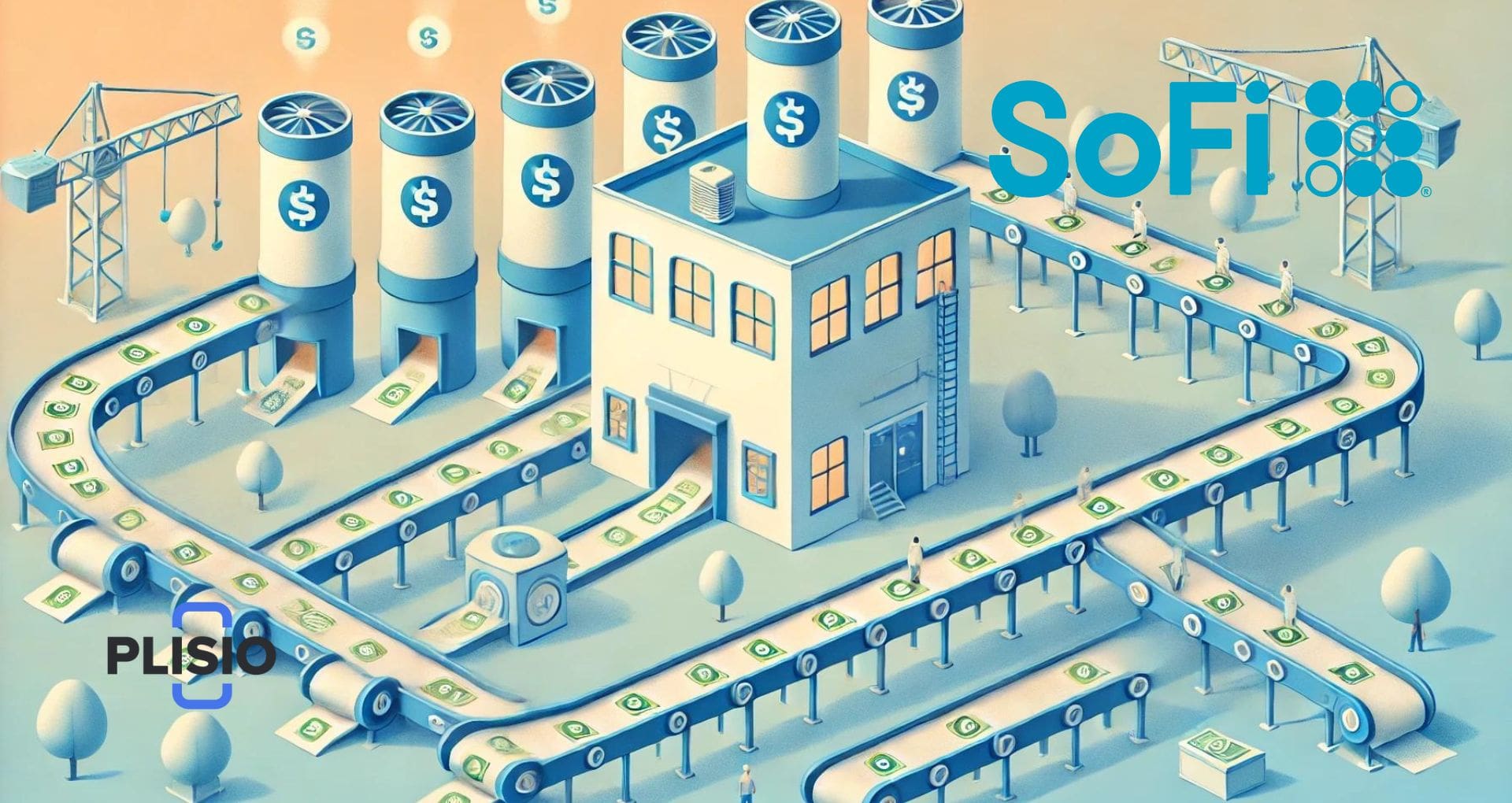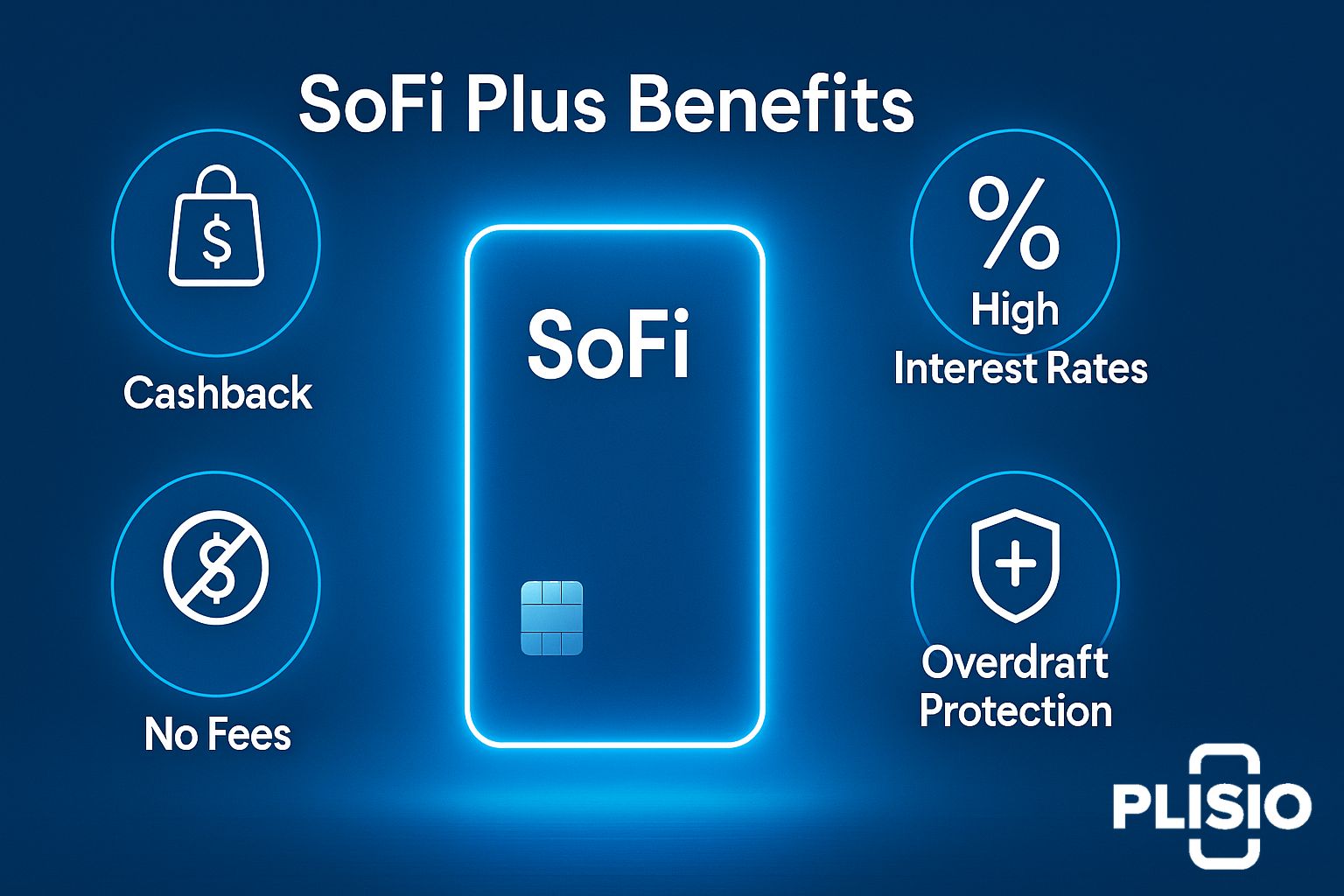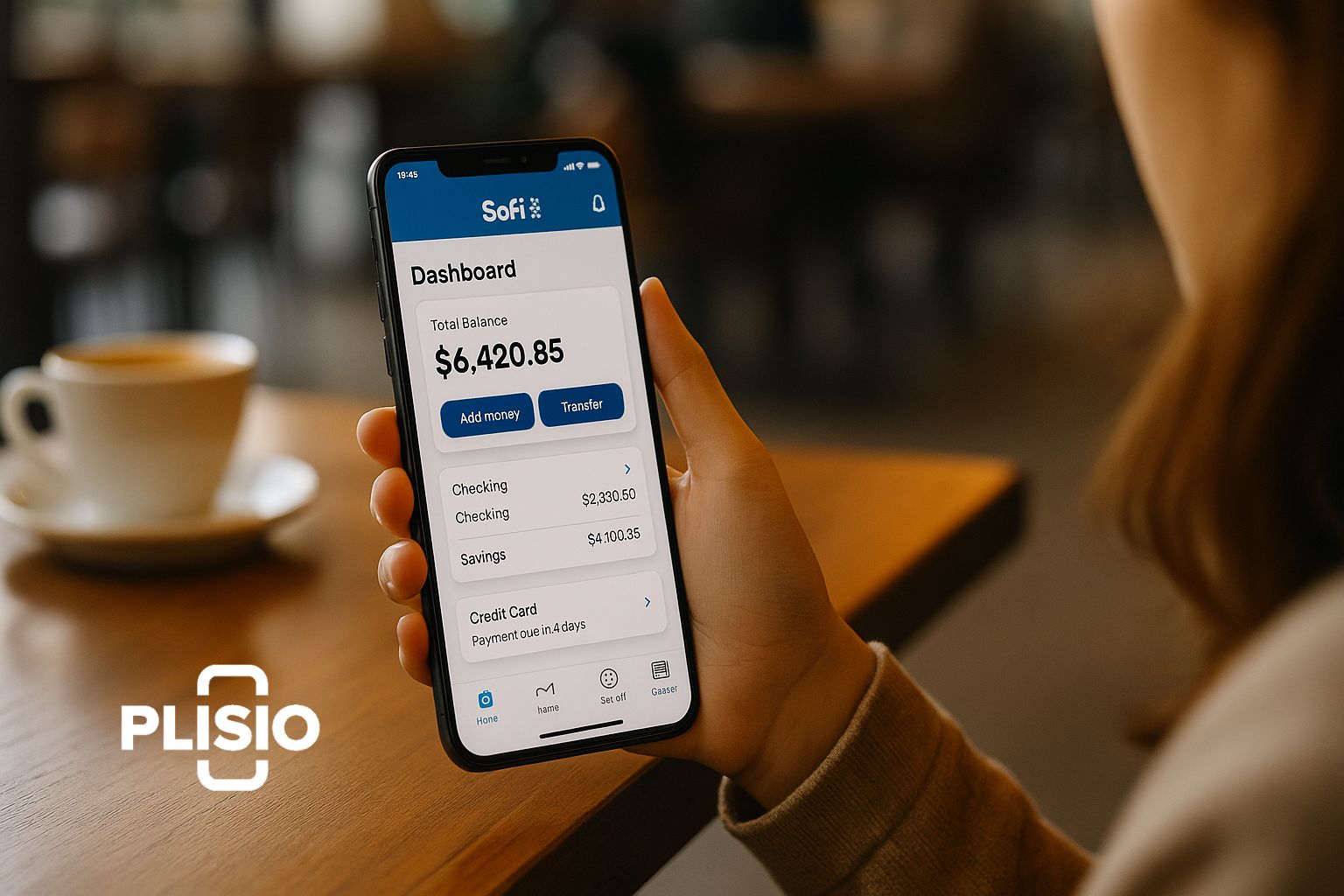SoFi Bank Review 2026: A Full Review of SoFi`s Services and Offerings

In this review 2026, we take a deep dive into SoFi, a financial technology company turned full-fledged bank. SoFi Bank, issued by SoFi Bank, has significantly grown in recent years, appealing to tech-savvy consumers seeking modern banking experiences. With options ranging from checking and savings account to personal loan, investing, and insurance, SoFi stands as a comprehensive financial services platform.
SoFi Bank Review: Is SoFi a Good Bank in 2026?
SoFi is an online-only bank that caters to customers who value convenience, high-yield returns, and no-fee services. The SoFi checking and savings account is one of its most popular offerings, providing a combined experience that simplifies money management. Users benefit from competitive APYs, fast access to paychecks via direct deposit, and innovative mobile tools.
Compared to traditional institutions like Bank of America and Wells Fargo Bank, SoFi delivers a smoother digital experience, often outshining legacy banks with its fast setup, intuitive design, and focus on customer satisfaction.
For the SoFi bank customer, a core advantage is the lack of monthly fees, overdraft charges, or minimum balance requirements. These perks make SoFi appealing to both millennials and Gen Z who seek smarter, tech-powered banking solutions.
Key Features of SoFi Checking and Savings Account
The new SoFi checking and savings is offered through SoFi Bank, N.A., as part of the SoFi insured deposit program, ensuring FDIC insurance coverage. The accounts are structured to encourage direct deposit setups, which unlock higher APYs:
- 4.60% annual percentage yield on savings balances
- 0.50% APY on the checking side

This structure makes the SoFi bank account ideal for anyone looking to maximize interest with daily-use cash. Without a deposit requirement, it’s one of the most accessible high-interest platforms available today.
The hybrid structure also allows users to allocate funds seamlessly between spending and saving, eliminating the need to manage a stand-alone checking or savings account separately.
SoFi Bank Account vs Traditional Banks: A Comparison
Here is a quick table comparing some of SoFi’s major features with traditional banks:
|
Feature |
SoFi Bank |
Traditional Banks |
|
Monthly Fees |
$0 |
$5–$15+ |
|
APY (Savings) |
Up to 4.60% (with direct deposit) |
0.01%–0.25% |
|
Direct Deposit Access |
Up to 2 days early |
Standard timeline |
|
Physical Branches |
No |
Yes |
|
Minimum Deposit Requirement |
None |
$25–$100 |
|
Mobile App Features |
Advanced and intuitive |
Varies widely |
|
FDIC Insurance |
Yes, through SoFi Bank N.A. |
Yes |
|
Customer Support |
Online and chat |
Phone/in-branch |
This table highlights SoFi’s competitive advantages in yield, fee structure, and mobile-first convenience.
How Direct Deposit with SoFi Enhances Your Banking Experience
Direct deposit with SoFi is more than just a convenience—it’s the gateway to unlocking SoFi's best features. Users who opt into direct deposit with a SoFi account gain early paycheck access (up to two days), as well as enhanced APY rates on their SoFi savings.
In fact, SoFi's system is designed so that SoFi members with direct deposit get the most out of their membership. Beyond interest, these users receive priority customer service, overdraft protection, and cashback opportunities when using the SoFi credit card account.
It’s important to note that while there is no deposit requirement to open the account, APY rates are determined by SoFi Bank based on your direct deposit activity. This adds a layer of dynamic reward that encourages smart financial habits.
SoFi Plus Subscription: Premium Benefits for SoFi Members
For those wanting to take things further, SoFi offers SoFi Plus, a premium subscription program. Users who enroll in SoFi Plus benefit from:
- Higher APYs
- Priority lending access
- Cashback rewards
- Fee-free overdraft
The SoFi Plus subscription is free for users with qualifying direct deposit, but carries a SoFi Plus subscription fee of $9.99/month otherwise. SoFi Plus members also receive SoFi Plus benefits that include ATM reimbursement and exclusive offers from SoFi partners. Eligibility for other SoFi Plus programs may vary, so check your account’s details page of your account for updates.

SoFi Loans and Personal Loan Products Overview
One of SoFi’s standout services is its lending suite. If you’re looking for a loan from SoFi, you’ll find a range of flexible options:
- SoFi personal loan with competitive fixed rates
- Student loans for undergraduate and graduate programs
- Loan refinancing for existing student debt
- Home and auto financing
Every loan product offered by SoFi is transparent, with no hidden fees. These loans are originated by SoFi Bank, and application for a loan with SoFi is quick and doesn’t initially affect your credit score.
In fact, SoFi provides a free credit score tool and encourages monitoring to improve borrowing potential.
Investing with SoFi: Explore the SoFi Invest Platform
SoFi Invest refers to SoFi’s full-fledged investment platform. Whether you want to trade stocks and ETFs or explore crypto, SoFi has you covered. The SoFi active invest account allows for real-time trading with zero commission.
SoFi Invest also includes robo-advisor services offered through SoFi Wealth LLC—perfect for passive investors. The SoFi invest platform is well-integrated into the main app, allowing users to manage investments and checking all in one place.
SoFi Mobile Banking and Customer Experience for Account Holders
The SoFi mobile app is central to SoFi’s value. Unlike traditional banks, everything is controlled via smartphone or web. The details page of your account displays everything from transactions and APYs to spending categories and progress toward financial goals.

Existing SoFi users praise the UI/UX, rating it highly across app stores. It even supports bill payments, peer transfers, budgeting tools, and notifications.
SoFi Bank Security, Legal Account Ownership, and Deposit Protection
All deposits are protected per legal category of account ownership under the SoFi insured deposit program. SoFi works in partnership with FDIC-insured banks like Cross River Bank, giving peace of mind for risk-conscious savers.
In terms of compliance, authorize SoFi to access your data is part of the process, with full control over permissions. The platform meets strict regulatory standards, and SoFi reserves the right to change rates, terms, and services as needed.
SoFi vs Banks and Credit Unions: Full Banking Comparison
When comparing SoFi to banks and credit unions, key differences emerge:
- Traditional banks charge fees—SoFi doesn’t.
- SoFi’s digital-first model is faster, though lacks physical branches.
- High interest rates are a core appeal, unlike most credit unions.
This makes SoFi appealing for those comfortable with online-only services and who prioritize growth on savings accounts.
Services Offered by SoFi and Why We Recommend SoFi
From budgeting to investing, services are provided by SoFi across a wide financial landscape. Whether you’re opening a SoFi account, looking for a personal loan, or managing investments, it’s all possible in one app.
- Insurance via SoFi protect link
- Robo-advising offered through SoFi Wealth LLC
- Brokerage tools offered through SoFi Securities
If you're exploring digital banks, we would recommend SoFi for its seamless interface, competitive APYs, and product variety. Even traditionalists are finding value in SoFi’s forward-thinking model.
Final Review: Would We Recommend SoFi in 2026?
Based on this full review, SoFi is ideal for individuals who want:
- A single platform for all financial needs
- High APY with minimal fees
- Reliable direct deposit and loan services
While it doesn’t offer in-person service, SoFi’s online-first model, backed by SoFi Technologies, has created a powerful ecosystem for everyday financial success. Whether it’s your SoFi money® account or a card account or a subsequently offered service, SoFi continues to innovate.
See the SoFi site for real-time rate changes, disclosures, and updates. Everything, from a checking or savings account to a credit score check, is streamlined for ease.




